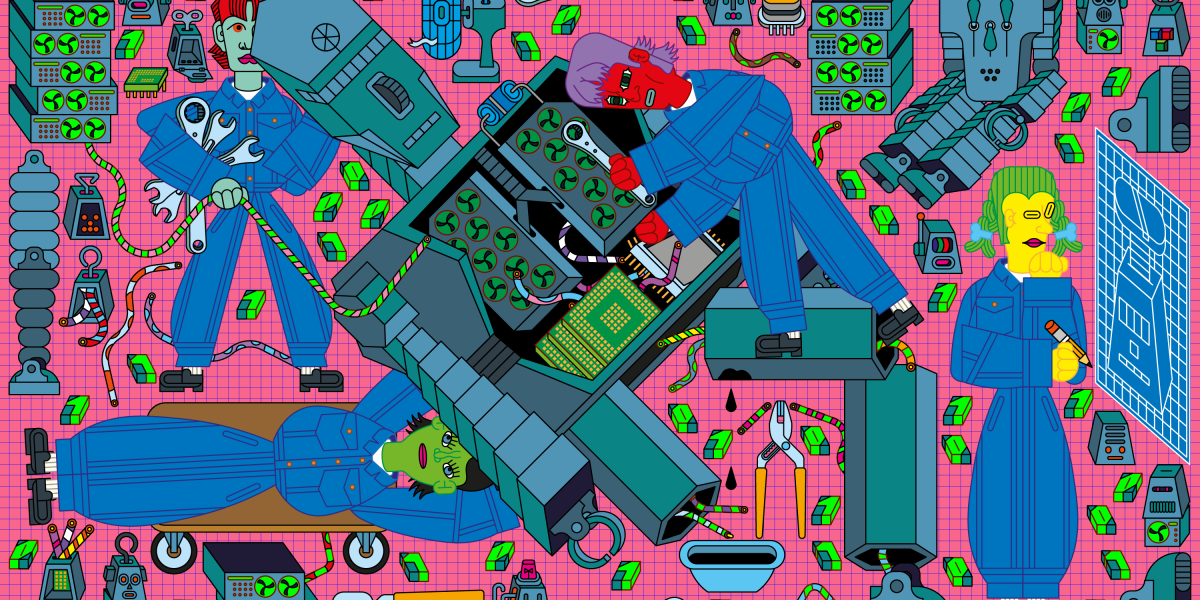AI video is on another level
When we tested the energy demands of various models, we found the energy required to produce even a low-quality, five-second video to be pretty shocking: It was 42,000 times more than the amount needed for a chatbot answer a question about a recipe, and enough to power a microwave for over an hour. If there’s one type of AI whose energy appetite should worry you, it’s this one.
Soon after we published, Google debuted the latest iteration of its Veo model. People quickly created compilations of the most impressive clips (this one being the most shocking to me). Something we point out in the story is that Google (as well as OpenAI, which has its own video generator, Sora) denied our request for specific numbers on the energy their AI models use. Nonetheless, our reporting suggests it’s very likely that high-definition video models like Veo and Sora are much larger, and much more energy-demanding, than the models we tested.
I think the key to whether the use of AI video will produce indefensible clouds of emissions in the near future will be how it’s used, and how it’s priced. The example I linked shows a bunch of TikTok-style content, and I predict that if creating AI video is cheap enough, social video sites will be inundated with this type of content.
There are more important questions than your own individual footprint
We expected that a lot of readers would understandably think about this story in terms of their own individual footprint, wondering whether their AI usage is contributing to the climate crisis. Don’t panic: It’s likely that asking a chatbot for help with a travel plan does not meaningfully increase your carbon footprint. Video generation might. But after reporting on this for months, I think there are more important questions.




